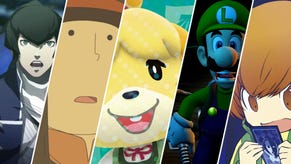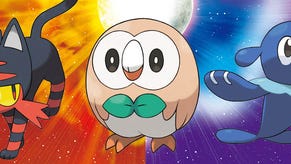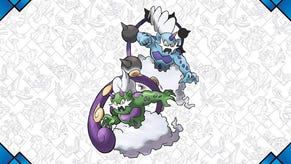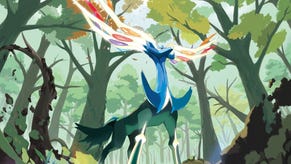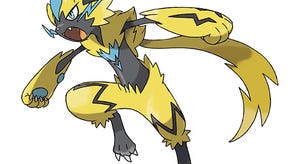Why Pokémon is Stronger Than Ever
Even the decline of Pokémon Go isn't enough to keep the iconic series from rolling into its latest generation with a ton of momentum.
This article first appeared on USgamer, a partner publication of VG247. Some content, such as this article, has been migrated to VG247 for posterity after USgamer's closure - but it has not been edited or further vetted by the VG247 team.
When I was in Japan this past summer, I was surprised and delighted to find that the Yokohama F Marinos soccer team was giving out plush Pikachus wearing the team jersey.
The giveaway was advertised on a Kanagawa train platform, and it was clearly pitched at families with young kids. That's when it hit me: Pikachu is Japan's Mickey Mouse. In fact, it's basically a national symbol at this point. And that's when I knew that Pokémon would never die.
A lot of people would say that's obvious in the wake of this past summer's Pokémon Go explosion and the popularity of events like Twitch Plays Pokémon; but as recently as 2014, Yo-kai Watch had people wondering if Pokémon was about to be replaced in the hearts of minds of Japan's children. It even (gasp!) managed to steal the annual McDonald's calendar spot nominally reserved for Pokémon.
Well, as strong as Yo-kai Watch 3 sales have been, it's still nowhere close to matching the international appeal of Pokémon. And frankly, I don't think it ever will. Yo-kai Watch might have a powerful marketing machine behind it, but Pokémon is even strong, and it's been around longer. Even the precipitous decline of Pokémon Go hasn't been enough to slow its roll.
But what is it about Pokémon in particular? How has it managed to hang on for so long? I would argue that it comes down to a few points.
1. The community is perfectly suited for the Internet
Pokémon was originally created around the idea of using the Game Boy's link cable to foster player interaction, making it a sensation on playgrounds across the world. Long before the Internet became the all-consuming force that it is today, Game Freak understood that community is what grants games staying power.
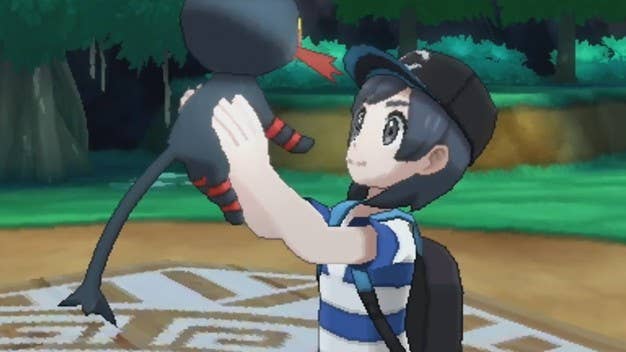
Nowadays, Pokémon is well-suited for the current Internet ecosystem, with multiple major sites, a massive wiki, streamers, Youtubers, and Tumblr all fueling the overall community. This community helps to sustain interest in the series well past each game's release date, and serves as a useful resources for anyone trying to break in for the first time. Many of Pokémon's largest sites have been around for more than a decade.
Pokémon's community did not come around by accident. The original game captured people's imagination with its fanciful world and appealing monster designs, then kept them playing with its addictive collection mechanics and deep competitive metagame. In the years since the original Red/Blue, the games have only become bigger and more complex, encouraging new players to venture down the rabbit hole with enticing rewards and neat events like the Video Game Championships. It may not be an MMORPG in the strictest sense of the term, but it does have a similar appeal in the depth and richhness that it offers. The community is a major part of that.
2. The mechanics offer a huge amount of flexibility
Pokémon is built on the foundation of no two monsters being alike. What that means is that two Gengars might have the same base stats, but that their growth potential, abilities, movesets, and personalities are all very different. That's what makes its world feel fresh and vibrant, and what keeps it from feeling like an interactive trading card game. It also fosters a sense of ownership: The monster you catch isn't just a Pikachu; it's your Pikachu.
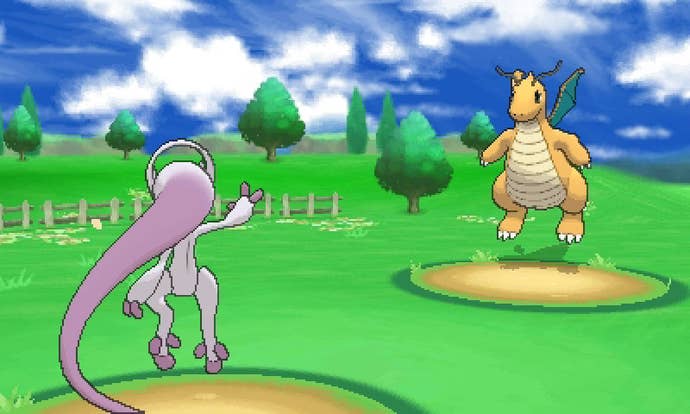
But more importantly, it gives hardcore players a degree of control over how a monster's stats develop, which encourages tinkering. Go to a site like Smogon, and you'll find that every monster has a half-dozen builds, some of which vary wildly from one another. The best players can tailor their monster to a unique strategy, enabling them to overcome otherwise crippling stat disparities.
Unlocking a monster's hidden potential is half the fun in Pokémon; and even if it seems like its metagame is dominated by a half-dozen of the same monsters, you never know when a Pachirisu or a Gothitelle is going to come along and turn a competition upside down. Pokémon's ever-shifting metagame is one of its biggest draws, and one reason it has yet to become stale despite its relatively conservative updates.
3. Its continuity keeps fans coming back
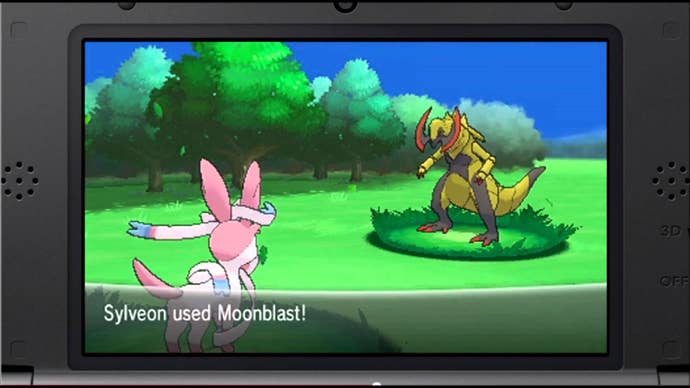
If Pokémon's diversity is what fosters a sense of attachment with its monsters, then its continuity is what solidifies it. Though I don't use them much anymore, many of my oldest monsters have been around for a decade or more. My trusted Infernape has been with me since Heart Gold/Soul Silver, and my Swampert has been kicking around since the GBA's Ruby and Sapphire.
Even if you're not a battler, Pokemon's continuity offers a host of benefits. It establishes a connection between the various games, adding to the feeling that you're playing an MMORPG rather than an isolated RPG. It also creates a kind of economy among collectors. You may have a Darkrai, but do you have the Darkrai that was distributed with the Japanese release of The Rise of Darkrai back in 2007? Shrewd collectors can tell if you do just by looking at its ID number and original trainer.
With Pokémon Sun and Moon, Pokémon's generations will be more tightly integrated than ever, with even the eShop versions of Pokémon Red, Blue, and Yellow being compatible via Pokémon Bank. Mostly, it's a quality of life feature, as it makes it easier to transfer valuable utility monsters, and it keeps collectors from having to start from scratch. But I know that I probably would have quite Pokémon long ago if I had to start over with every new game, and I doubt I'm alone.
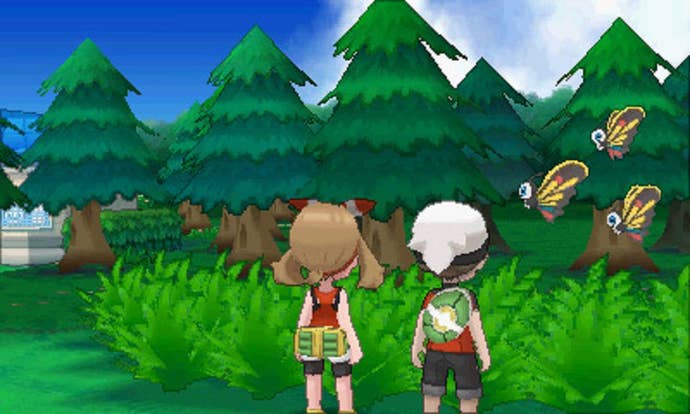
4. It has a near perfect nostalgia loop
Whenever I grouse about Pokémon not changing this or that, I have to remind myself that Game Freak has a strategy for the series that has worked pretty much perfectly for 20 years now. If anything, I'm actually kind of shocked that they're changing as much as they are for Sun and Moon.
The way it works is this: Every three to four years, Game Freak rolls out a new generation, enticing lapsed fans who haven't played in a while to jump back into the series. They find a world that is comfortably familiar—badges, gyms, starters, an evil team of villains—but with new monsters and better graphics, which gets them hooked. In the meantime, a new crop of young players latch on to Pokémon through its cartoon, its plush toys, and its accessible and fun video game, and it becomes part of their childhood experience. When they get older, a fresh new Pokémon is waiting.
Game Freak has ridden this formula across seven generations of Pokémon, and it has brought them a built-in audience and unmatched name recognition. Add in the factors that I listed above, as well as a massive international marketing apparatus, and you have a series that is entrenched as it's ever been. And that's without the massive (if short-lived) boost afforded by Pokémon Go.
Over the years, a lot of competitors have tried to ape Pokémon's success; and while some have managed to build a serviceable niche for themselves, they've been unable to match the crossover appeal of Pokémon. Some of it is that there's more competition now, making it harder to pierce the noise and gain a strong following, and some of it is that they don't have the marketing muscle. But mostly, they lack the depth and the staying power of the core games. The nearest comparison I can find is Blizzard, which has ridden depth, accessibility, and name recognition to similar success.
Pokemon's biggest test will come when it's time to transition to the Switch, where it will almost certainly be positioned as one of the console's killer apps. We'll see then if Pokémon's strengths are enough for it to compete with traditional $60 console fare. But even if the Switch is a flop and Nintendo fades away, something tells me that Pokémon will endure. Popular brands always do.



